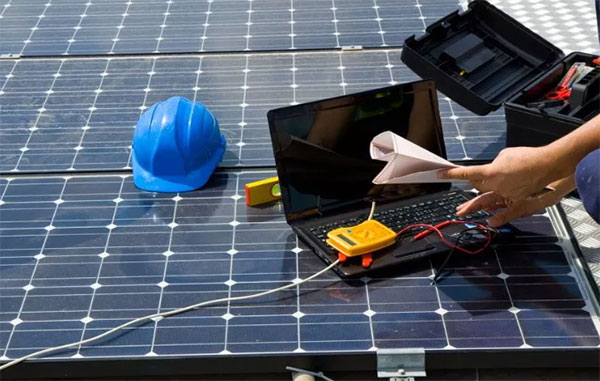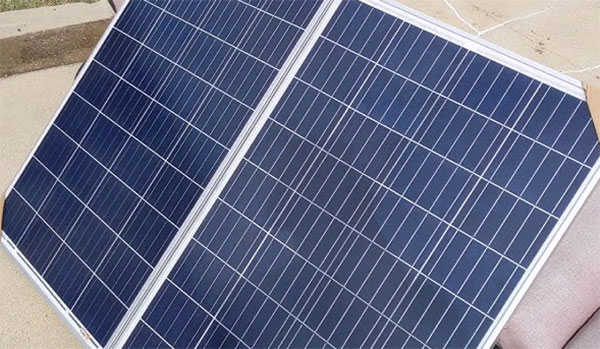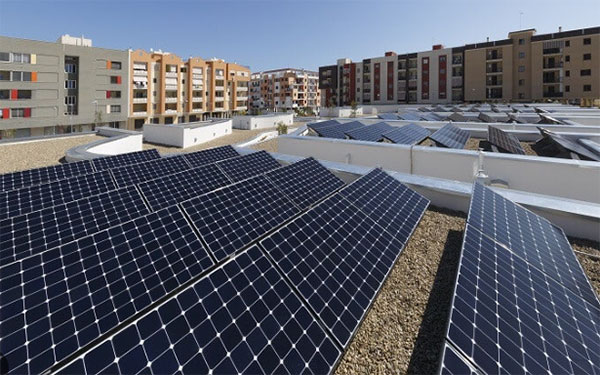Description
Solar panels generally stop functioning effectively at temperatures above 90°C (194°F) due to overheating and reduced efficiency.
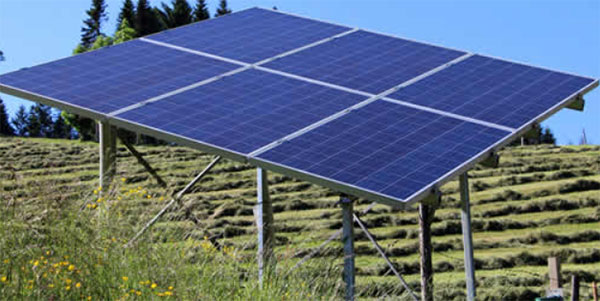
Understanding Solar Panel Temperature Limits
Understanding the temperature limits of solar panels is crucial for maximizing their efficiency and lifespan. Solar panels are designed to convert sunlight into electricity, but their performance is significantly influenced by temperature. The optimal functioning of these panels is achieved within a specific temperature range, and deviations from this range can affect their efficiency and durability.
Optimal Temperature Range for Solar Panels
Solar panels operate most effectively at moderate temperatures. The ideal temperature range for most solar panels is between 15°C to 35°C (59°F to 95°F). Within this range, solar panels maintain a balance between absorbing enough sunlight to generate power and not overheating, which can reduce their efficiency. It's noteworthy that the efficiency of a solar panel decreases by about 0.5% for every degree above 25°C (77°F).
Effects of Extreme Temperatures on Solar Panel Efficiency
When temperatures soar beyond the optimal range, solar panels can suffer. High temperatures can lead to a decrease in the power output of solar panels. For instance, at temperatures around 50°C (122°F), a solar panel's efficiency might drop by 10 to 15%. This decrease is due to the increased resistance within the solar cells, which hinders the flow of electricity.
High Temperature Impact on Solar Panels
High temperatures significantly affect the performance and longevity of solar panels. As solar panels heat up, their efficiency in converting sunlight into electricity decreases. This impact is a critical factor in regions with high ambient temperatures, making understanding and mitigating these effects essential for optimal solar panel operation.
Thermal Coefficient of Solar Panels
The thermal coefficient of solar panels indicates how their efficiency changes with temperature. A typical solar panel's power output drops by about 0.3% to 0.5% for every 1°C increase in temperature above 25°C (77°F). This means that on a hot day with temperatures reaching 40°C (104°F), a solar panel's efficiency could decrease by up to 7.5%. Selecting solar panels with a lower thermal coefficient is beneficial for installations in hot climates, as they are less sensitive to temperature increases.
Cooling Mechanisms and Technologies
To combat the effects of high temperatures, various cooling mechanisms and technologies have been developed. One approach involves using passive cooling designs, such as elevated mounts that increase air flow around the panels. Active cooling systems, though more complex, can include water cooling and forced air systems. These systems remove excess heat from the solar panels, thereby maintaining their efficiency.
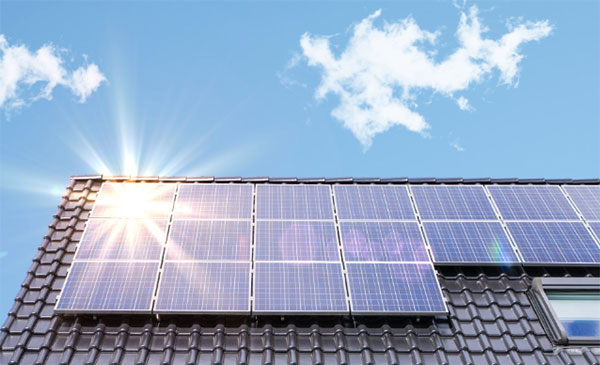
Low Temperature and Solar Panel Functionality
Solar panels in cold climates often face unique challenges, yet they can also benefit from certain advantages. Lower temperatures can increase the efficiency of solar panels, but issues like snow and ice accumulation need addressing to maintain optimal performance.
Solar Panel Performance in Cold Climates
Solar panels actually perform better at lower temperatures. The power output of a solar panel increases by about 0.05% for every 1°C decrease in temperature below 25°C (77°F). In cold but sunny conditions, solar panels can produce more electricity compared to the same conditions in warmer climates.
Key factors affecting solar panel performance in cold climates include:
- Enhanced Conductivity: As temperatures drop, the electrical conductivity in solar panels improves, leading to better performance.
- Reduced Resistance: Lower temperatures reduce the resistance in the photovoltaic cells, increasing the energy conversion efficiency.
Impact of Snow and Ice on Solar Panels
While cold temperatures can boost solar panel efficiency, snow and ice present significant challenges.
Critical impacts include:
- Light Obstruction: Snow and ice can cover solar panels, blocking sunlight and significantly reducing power output.
- Weight Stress: Accumulation of heavy snow can cause physical stress on the solar panels, potentially damaging them.
- Reflected Light: Interestingly, snow can also act as a reflector, potentially increasing the light available for panels not covered by snow.
To address these issues, several strategies are implemented:
- Automated Snow Removal: Some systems use automated devices to clear snow from solar panels.
- Panel Tilt and Coating: Installing panels at steeper angles and using hydrophobic coatings help snow and ice slide off more easily.
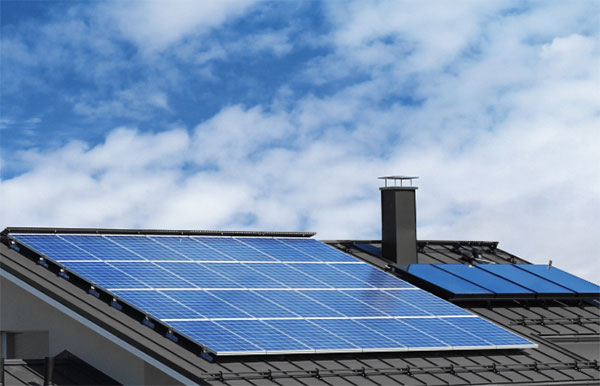
Temperature Monitoring and Maintenance for Solar Panels
Effective temperature monitoring and maintenance are pivotal for the longevity and efficiency of solar panels. Regular temperature checks and appropriate maintenance routines ensure solar panels operate within their ideal temperature range, maximizing energy output and preventing long-term damage.
Importance of Regular Temperature Checks
Regular temperature monitoring of solar panels is essential for several reasons:
- Detecting Overheating: It helps identify if panels are overheating, which can significantly reduce their efficiency and lifespan.
- Performance Optimization: By tracking temperature trends, adjustments can be made to optimize performance throughout varying weather conditions.
- Preventive Maintenance: Early detection of temperature-related issues allows for timely maintenance, preventing more significant problems.
Maintenance Practices for Optimal Temperature Management
Maintaining optimal temperatures for solar panels involves a range of practices, including:
- Proper Ventilation: Ensuring adequate airflow around panels to dissipate heat effectively.
- Cleaning Routines: Regular cleaning of panels to remove dust and debris that can insulate heat and increase temperatures.
- Shade Management: Adjusting the installation to minimize exposure to excessive heat while maximizing sun exposure.
- Cooling Systems: Implementing active cooling systems, such as water cooling, in areas with extremely high temperatures.
- Thermal Imaging Inspections: Using thermal imaging to detect hot spots indicating potential cell damage or inefficiencies.
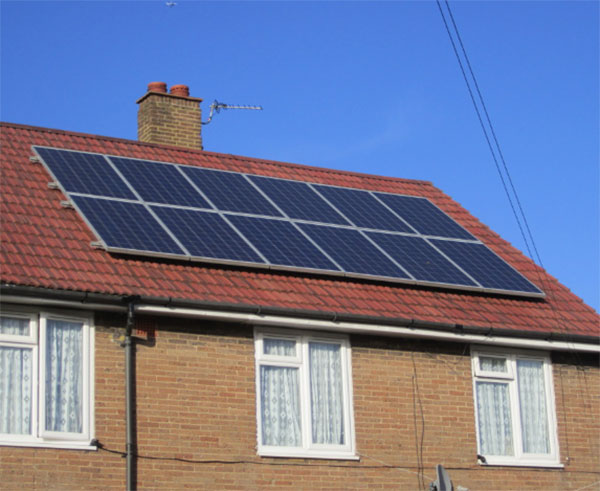
Solar Panel Performance in Extreme Temperatures
Solar panels are engineered to operate in a wide range of environmental conditions. However, extreme temperatures, such as those in desert or polar environments, present unique challenges and opportunities for solar panel performance. Understanding these conditions is crucial for optimizing solar energy systems in such climates.
Solar Panels in Desert Environments
Desert environments, characterized by high temperatures and abundant sunlight, offer both advantages and challenges for solar panel operation.
Key considerations in desert environments include:
- High Solar Irradiance: Deserts receive a significant amount of sunlight, providing an excellent opportunity for high solar energy production.
- Heat-Related Efficiency Loss: Solar panels can lose efficiency due to high ambient temperatures. For example, in temperatures around 45°C (113°F), solar panel efficiency can decrease by over 10%.
- Dust and Sand: Regular cleaning is necessary to remove dust and sand, which can accumulate on the panels and obstruct sunlight.
- Cooling Technologies: Implementing cooling technologies, like water cooling systems, can help maintain panel efficiency in the extreme heat.
Solar Panels in Polar Regions
Polar regions present a contrasting set of challenges and benefits for solar panel performance.
Factors affecting solar panels in polar regions include:
- Reduced Daylight Hours: During winter months, the limited sunlight can significantly decrease solar energy production.
- Enhanced Performance in Cold: Solar panels can perform more efficiently in the cold temperatures, provided they receive adequate sunlight.
- Snow and Ice Accumulation: Snow can block sunlight when it accumulates on the panels, but it can also reflect additional light onto them, potentially increasing efficiency.
- Sturdy Construction: Solar panels in these regions need to be robust to withstand heavy snow loads and strong winds.





